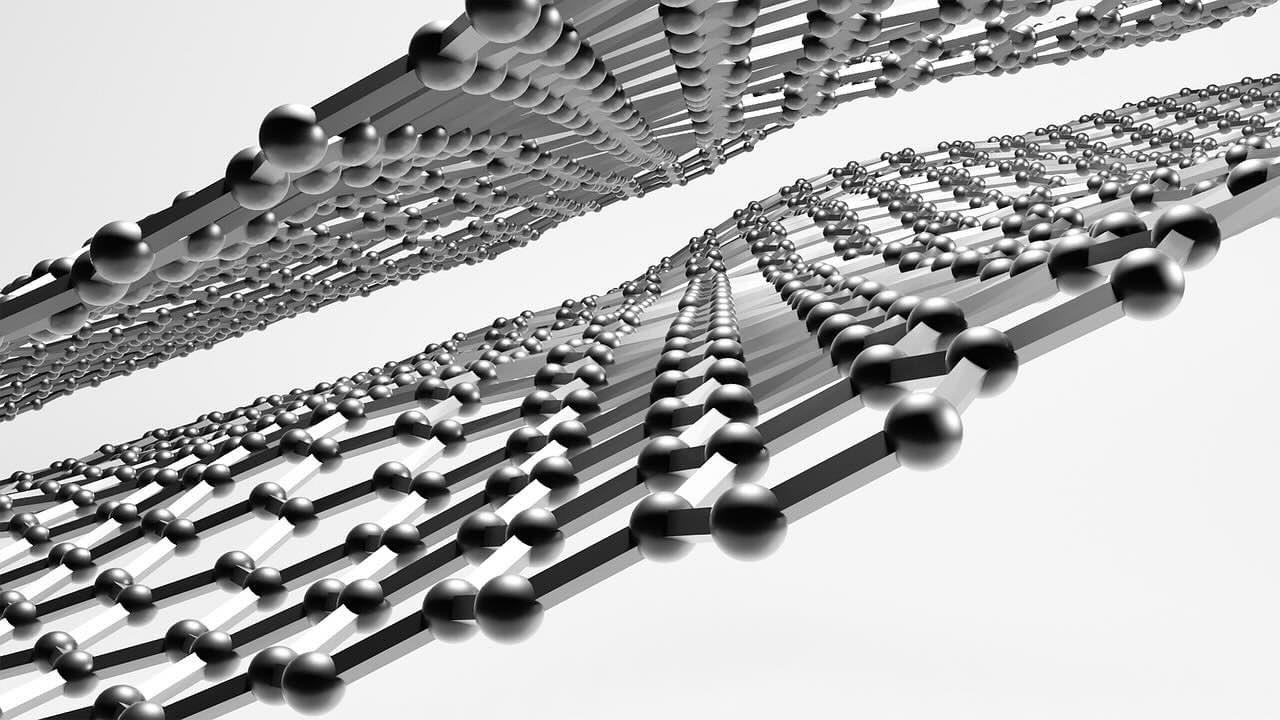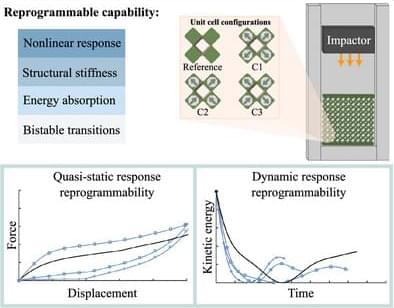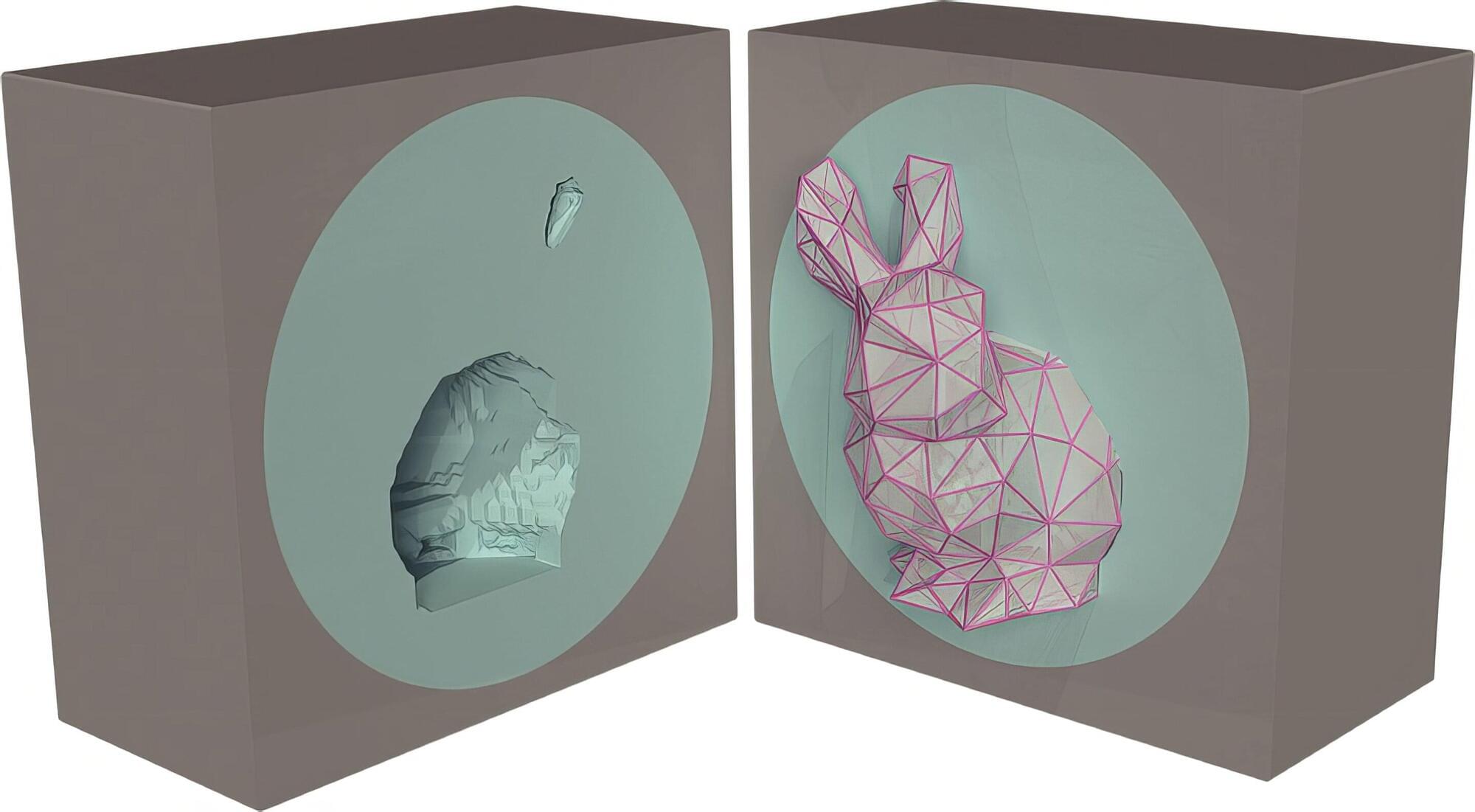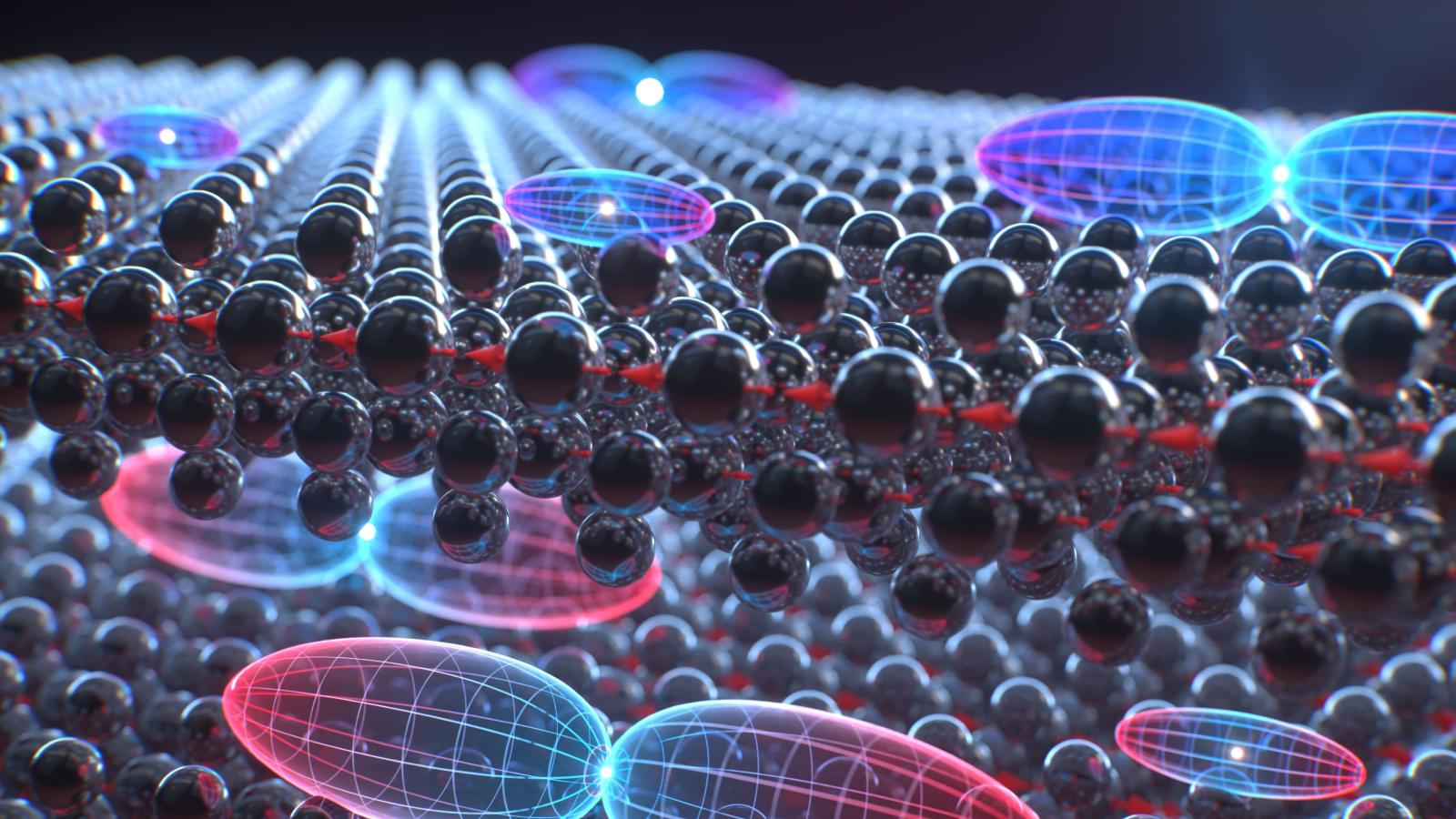Passenger aircraft doors are still primarily manufactured by hand. A particularly time-consuming aspect is assembling the door structures using screws and rivets. Numerous intermediate steps are required to prevent direct contact between different materials—which would otherwise lead to corrosion.
However, replacing aluminum, titanium, and thermosets with primarily thermoplastic carbon fiber composites (CFRP), which can be welded together automatically without separating layers, makes the process much faster. Manufacturing time for the door structure drops from 110 hours to 4. The TAVieDA project by Fraunhofer IWU, Fraunhofer LBF, Trelleborg, and Airbus Helicopters has shown this clearly.
Another key factor in shortening assembly times is the modular design for different aircraft door variants. The project team specifically looked for components across various door models that could be standardized—and found success, for example, with the crossbeam. The researchers designed a fully automated assembly line for the most common models and developed fixtures and clamping elements suitable for resistance and ultrasonic welding technologies.









